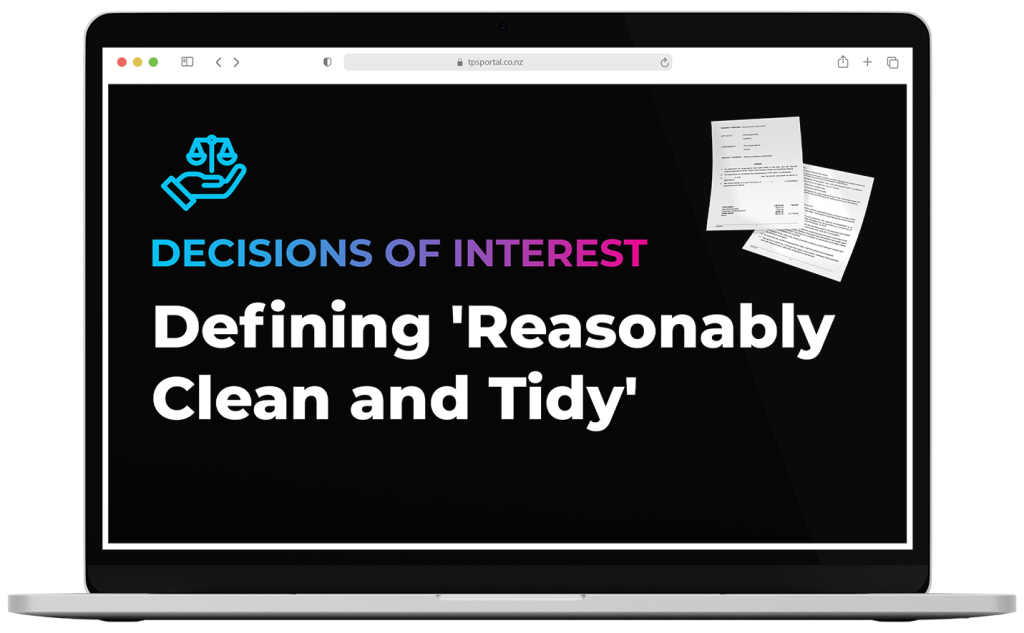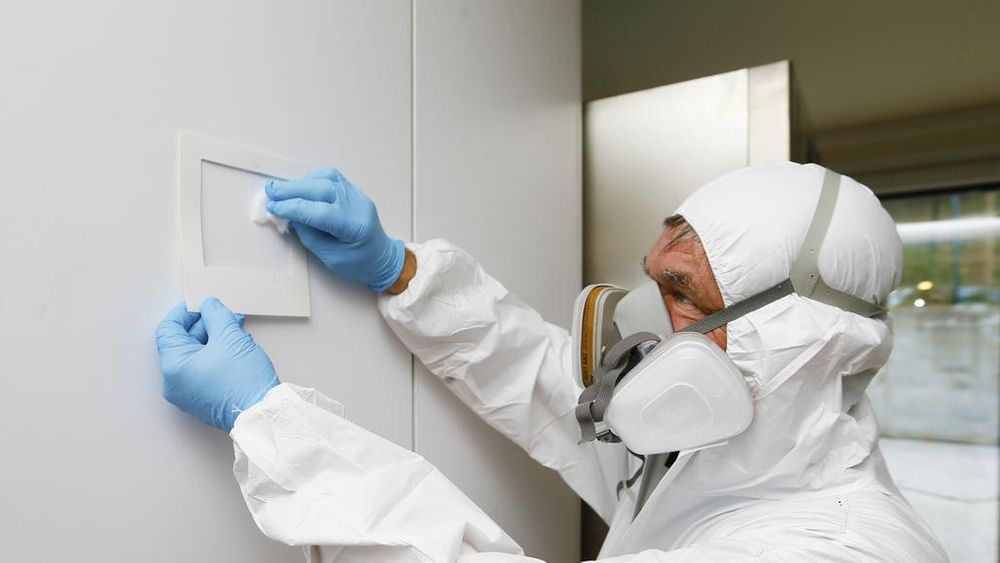
When does a landlord’s expectation of cleanliness cross the line into the unreasonable? In a recent Tenancy Tribunal case, the definition of “reasonably clean and tidy” was put under the spotlight, revealing the fine line between what tenants are required to do and what landlords might desire.
Case Background:
The case revolves around the tenant’s obligation to leave the property in a “reasonably clean and tidy” condition at the end of the tenancy, as stipulated by Section 40(1)(e)(i) of the RTA. After a walk-through inspection on October 20, 2024, the landlord initially agreed that the property was in an acceptable state, save for some rubbish that needed removal. However, upon a subsequent inspection, the landlord claimed that additional cleaning was necessary, leading to the hiring of a cleaner for what she termed a “deep” or “spring clean.” The tenant contested this, arguing that the property was left in a reasonably clean condition as initially agreed.
Legal Authorities:
Section 40(1)(e)(i): The tenant must leave the premises in a reasonably clean and reasonably tidy condition, and remove or arrange for the removal of all rubbish upon termination of the tenancy.
The tribunal referred to several cases to establish what “reasonably clean” means:
Housing New Zealand v Holloway [TT Auckland TT215/93]: Reasonably clean refers to a standard that an average, reasonable person would consider satisfactory, not to a commercially spotless level.
Mills v Kiwi Property Care Ltd [TT Hamilton 09/01418/HN]: Reasonably clean does not mean spotless or to a hotel standard.
Richards v Scully [TT Christchurch TT2043/98]: The standard is not necessarily what a landlord considers suitable for a new tenant.
Ace Property Management Ltd v Owens [DC Wellington CIV-2008-1441]: Clarifies that landlords should expect to perform some additional cleaning, especially after long tenancies.
So, what was the outcome? And what are the key takeaways?




